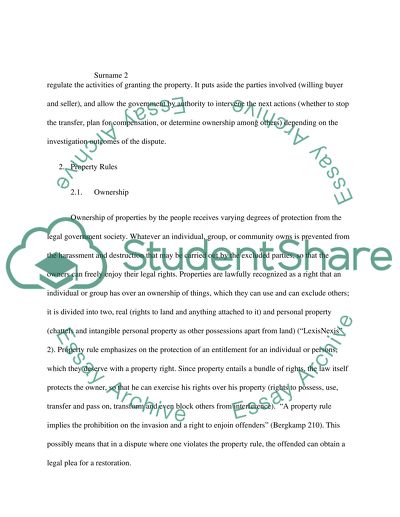Cite this document
(“Property Rules, Liability Rules and Inalienability Term Paper”, n.d.)
Retrieved from https://studentshare.org/law/1477588-property-rules-liability-rules-and-inalienability
Retrieved from https://studentshare.org/law/1477588-property-rules-liability-rules-and-inalienability
(Property Rules, Liability Rules and Inalienability Term Paper)
https://studentshare.org/law/1477588-property-rules-liability-rules-and-inalienability.
https://studentshare.org/law/1477588-property-rules-liability-rules-and-inalienability.
“Property Rules, Liability Rules and Inalienability Term Paper”, n.d. https://studentshare.org/law/1477588-property-rules-liability-rules-and-inalienability.


